Bas-relief wall decoration ideas

Today there are many design ideas with which you can give the interior of the rooms a certain zest. The most popular innovation was the use of decorative bas-reliefs on the walls. This type of decor allows you to unlimitedly show your imagination, choosing your own texture, plot and size of the composition.
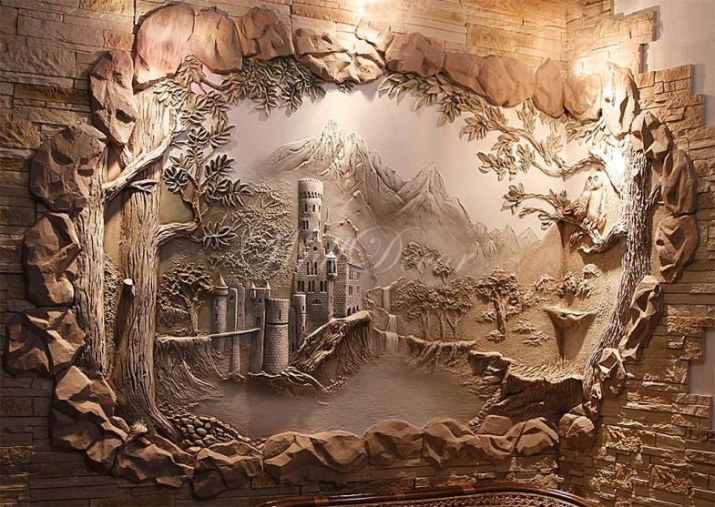
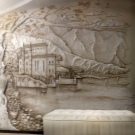
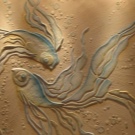
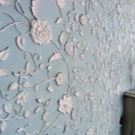
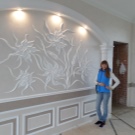
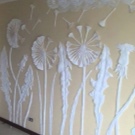
Design
Bas-relief on the wall is a volumetric relief in the form of a unique pattern or ornament, which protrudes completely above the plane. Thanks to the bas-relief, you can create original compositions, since each work done with your own hands is unique, it cannot be exactly repeated. This decor can be made in various designs, most often, picturesque (nature, mountains, animals), portrait and historical themes are chosen for wall decoration.
The wall bas-relief depicting geometric shapes looks no less interesting.
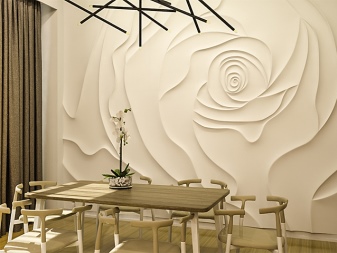
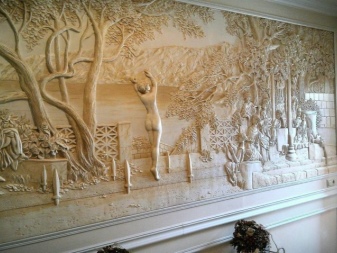
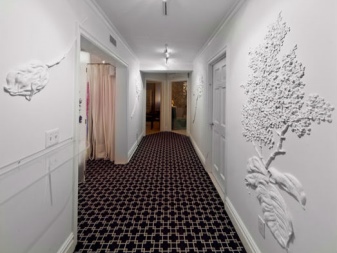
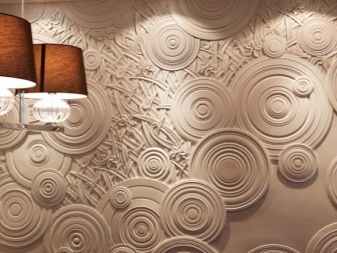
If the style of the room provides for the presence of antique decor elements in the interior, then you can decorate a bas-relief with brickwork or antique drawings. To get a gorgeous panel on the wall, the bas-relief can be combined with other decorative finishes... At the same time, for novice craftsmen who want to start creating stucco for the first time, experts recommend choosing simple patterns, for example, they may fit:
- roses;
- butterflies;
- dandelions;
- lilies;
- tree stems.
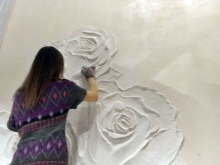
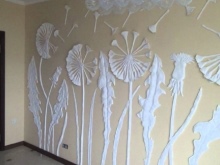
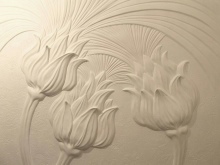
Sculpt simple shapes geometric shapes you can also try along the contour of the mirror. With the acquisition of knowledge and experience when creating bas-reliefs, it will be possible to sculpt more complex elements. So, in the bedroom and living room you can create volumetric panels, which depicts various animals (elephants, giraffes), birds (peacock, parrots), sakura, an old castle and a dragon (great for rooms decorated in oriental style). Often also choose for wall decoration and a bas-relief with a drawing of a lion.
For kitchens, compositions with fruits and vegetables will be an excellent choice, and bright panels depicting cartoon characters and fairy tales are best suited for children's rooms.
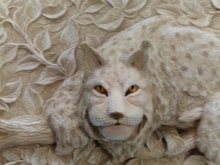

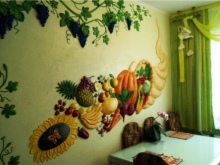
Technique
To give the interior a stately and fundamental nature, it is necessary to choose volumetric compositions when creating wall bas-reliefs that can be sculpted using various techniques and materials. So, for rooms decorated in the style empire, you should create bas-reliefs consisting of massive elements. The technique of their manufacture is complex: first, the forms and the solution are prepared, from which the future decorative elements are poured, then after they have dried, they are mounted on the walls using glue and dowels, small details are added by molding. For the Roman style, bas-reliefs decorated with small ornaments are considered an excellent choice; they look spectacular and are molded directly onto the wall, without preliminary casting.
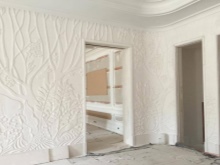
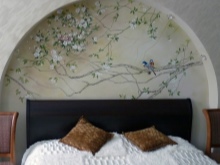
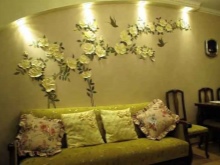
V rococo and baroque light and curvy shapes should be present, so the best option would be to create a three-dimensional image and asymmetry on the walls. Since all the elements of the future composition are dimensional, and it will not be easy to fix them to the wall, you need to sculpt each detail separately on the wall, and then close up the seams and paint everything. For rooms decorated in style Art Deco, you need to choose graceful plaster elements, painted in something colorful and bright.
As for the classic style, it should contain a minimum set of colors and elements of the correct shape.
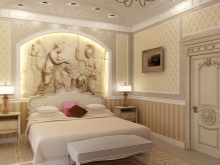
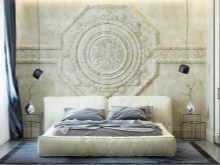

Materials (edit)
Before you start creating wall bas-reliefs, you should prepare the appropriate materials for work. For embossed decor, gypsum mixtures, plastic, stone, metal, decorative plaster, wood (bamboo looks especially gorgeous) and colored clay are usually used... Plastic elements are considered the cheapest; in addition, they are easy to install. The most expensive are metal and stone bas-reliefs., but their cost justifies itself, such compositions are durable and look incredibly luxurious in the interior.
As for clay, plaster and gypsum, it is an environmentally friendly material that is resistant to combustion and is sold at an affordable price.
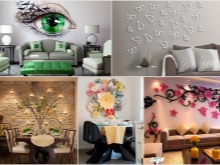
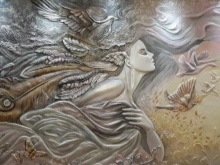
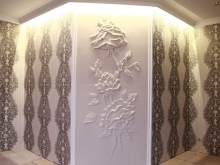
Instruments
In addition to materials, when creating wall bas-reliefs, you will need appropriate instruments... The most basic is metal trowelmade of stainless steel. With the help of it, the solution is applied, leveled and small relief surfaces are formed. A trowel is usually used when large wall areas need to be decorated. To form an extended relief, you will need to additionally purchase a plastic trowel. In addition, you will need a set of such tools for work.
- Putty knife... It is a technical tool designed for applying mortar to a trowel and for picking up its excess, stripping. Using a spatula, a base layer is also created on the walls.
- Palette knife... These are small spatulas of various shapes that allow you to apply the solution, remove it and create the desired relief.
- Sculptural mesh. It is a professional double-sided tool with spatulas and blades. Such a mesh is needed for accurate drawing, detailing the picture and creating a small relief.
- Medical scalpel... You cannot do without such a tool, as it allows you to make accurate cuts. The kit should contain several scalpels of different shapes and sizes.
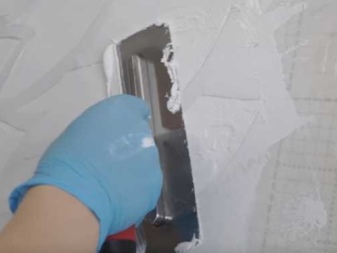
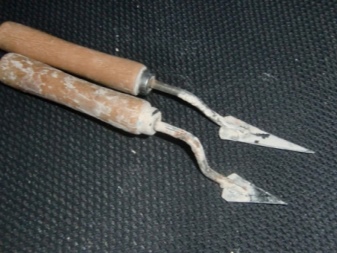

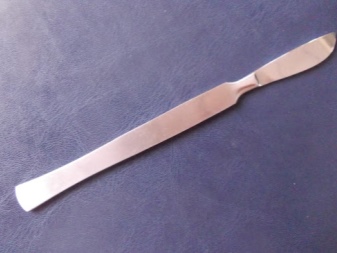
In addition to the above, you will also need such auxiliary tools, like a chisel for wood carving (fresh gypsum is cut well, like wood), a pastry syringe (it is convenient for them to add small portions of material).
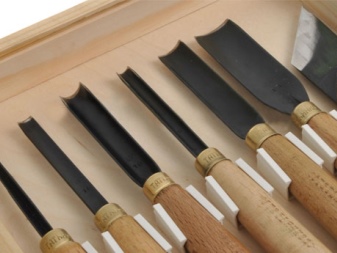

How to do it yourself?
Many novice craftsmen believe that the wall bas-relief is a prefabricated structure, all the constituent parts of which are poured out of a plaster solution. In fact, everyone a do-it-yourself bas-relief is a unique piece of decor that can be created in various ways.
Therefore, before you start creative, you should decide on the plot of the composition, choose the appropriate technique and step by step perform all the stages of creating a bas-relief.

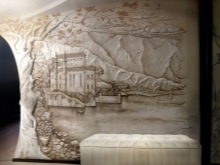
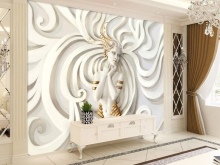
Preparation
The first step is to choose the material from which you plan to make the composition. Experts recommend that beginners start working with plaster or decorative plaster. After that, you need to do preparing the wall surface and creating a sketch of the future "canvas" (it can be drawn with a marker directly on the wall). The working surface must be well cleaned and leveled, you can start creating a bas-relief only on a dry and flat surface, it also does not hurt to additionally prime the wall for better adhesion to the composition.
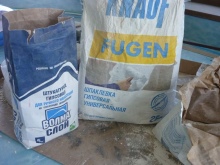

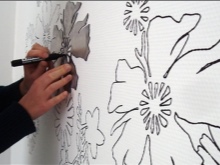
Next, the basis is being prepared, in which the embossed decor. To do this, you need to assemble a box made of wood with low sides, if there is no tree, then it can be replaced with several slats and plywood, which will serve as the bottom. The dimensions of the box must exactly match the dimensions of the future elements, which is important to take into account during its assembly.The bottom of the box is covered with foil; this must be done so that there are no folds.
The preparatory stage ends with the preparation of the solution, if you plan to create volumetric images, then you will need to perform reinforcement with wire.

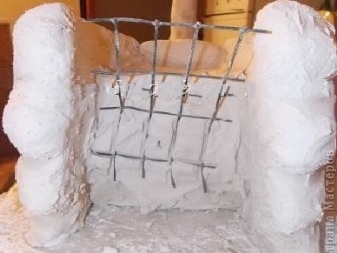
Creating large elements
A wall bas-relief with large images is considered a complex process of artistic modeling from plaster or other materials. To create it, you can use several techniques (free plastering, gluing finished parts). After the surface of the walls has been primed at least two times, it give relief using crumpled polyethylene, paper, roller and spatula... Large compositions can be represented by images of human figures, abstraction, birds, trees and animals. They are transferred directly to the previously prepared surface of the walls using special stencils or carbon copies, you can also circle the contours of the drawings with a match or a toothpick.
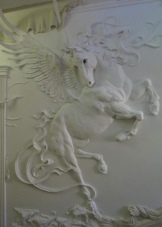
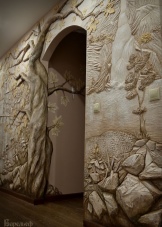

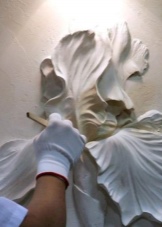
To the thickest points of the future compositions are screwed in with self-tapping screws, they will further give the bas-relief strength and protect the material from shedding. When creating such elements of a bas-relief as buds, leaves, flowers, on the surface of the wall, you need to additionally fix blanks made of salt dough, cardboard or foam. Mixes for creating decor are prepared in accordance with the manufacturer's instructions.
Large elements are made in stages, after each layer has dried.
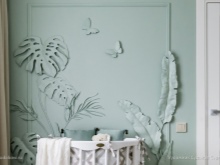
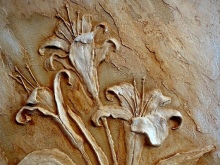
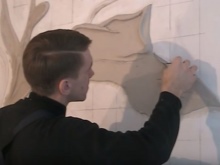
In addition, large decorative figures can be made not only by sculpting technology, but also by molding.... Finished products are fixed to the primed surface, gently pressed down and leveled. All seams and small cracks are sealed with a finishing putty, with the help of which veins and small lines are also created. To give a complete look to a bas-relief consisting of volumetric elements will help image detail, which is usually carried out using a medical syringe. After a few weeks, the decor item is covered with a protective layer of primer and varnished, this will allow the bas-relief to maintain its ideal look for a long time.
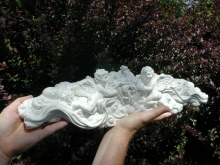
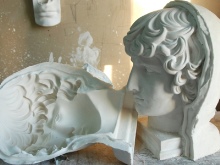

Formation of small parts
Often when decorating the interior of rooms they use wall bas-reliefs in the form of small figures, patterns and ornaments. If their thickness exceeds 10 mm, then it is recommended to prepare a separate wire frame, it will protect the gypsum from subsequent cracking. Since small parts are lightweight, experts advise to cast them in special molds, and then fix it on the wall, collecting it into a general composition according to the drawn template.
The remains of the mortar are removed using cutters, stacks and loops, then the parts are given the desired shape and texture.
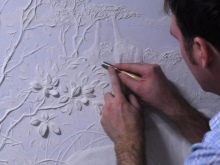
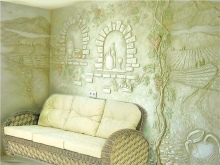
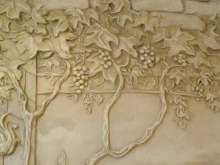
Looks especially beautiful in a modern interior walls depicting bunches of grapes, butterflies and birds. They give the bas-relief a special charm and personality. Such miniature elements are best created from separate parts, and all connection points should be sealed and smoothed carefully with plaster mortar. As a result, you will get a very beautiful integral canvas.
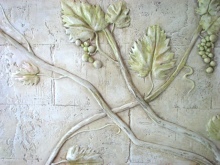
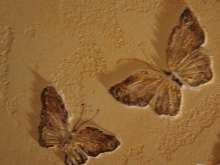
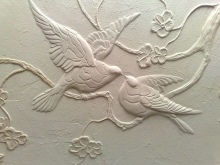
Sometimes, when decorating wall bas-reliefs, small parts with a repeating fragment, for example, it can be a leaf, a curl or a flower. In this case, experts recommend using special stencils, thanks to them, even a novice master who does not have experience with artistic modeling will be able to quickly complete the work. The required pattern must be printed on a printer, then a template is made from a suitable material and applied through a "homemade stencil" plaster mix. In addition, a ready-made stencil with a beautiful pattern can be purchased at any hardware store, they are presented in a huge assortment.
After the details have dried, they should be primed and painted in a color that matches the general color scheme in the interior.
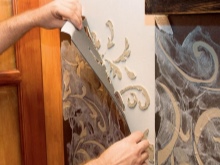
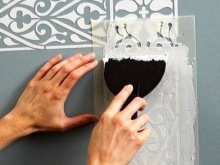
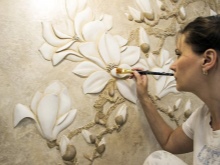
Beautiful examples
Recently, wall bas-reliefs can be found almost in the interior of every home, since this type of decor is unique and unusual. Beautiful compositions can be created not only in an apartment, but also in a country house, using the following design ideas.
- "Gypsum" tree... This decor element will find a worthy place both on the wall in the bedroom and in the living room. The tree is considered a symbol of life and desires, so you can easily make an original "family tree" from plaster with your own hands, which will look like it grows from a wall. LED backlighting will help to give an additional futuristic effect. The trunk of such a tree must be formed by applying plaster in a checkerboard pattern with short strokes. You will need to use wire to create the stems and branches of the tree. To make the composition complete, you can hang framed family photos.
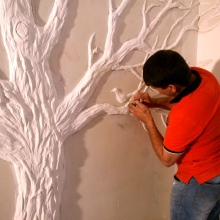
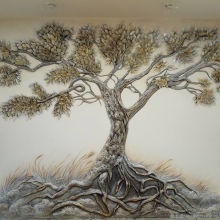

- Bas-relief in the corridor (hallway). Since these rooms in the house are not particularly distinguished by a large area, it is best to choose a plaster relief with small details for their decorative design. Miniature stucco molding with artistic painting will also look good. To do this, a space is selected in the room where it is planned to carry out the decoration, and a small stand in the form of a canvas is being prepared. Then it is gradually filled with elements of the selected composition. A wall bas-relief depicting flowers such as roses, lilies, chamomile will look beautiful in the corridor.
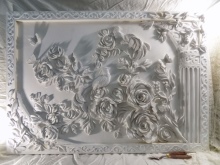
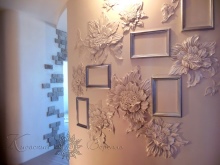

- Kitchen wall decoration. In this room, you have to spend a lot of time cooking, and in order to create a pleasant atmosphere in the interior, it is recommended to create a bas-relief on the walls with three-dimensional images of fruits and vegetables. If the area of the room allows, then one of its walls can be decorated with a bas-relief depicting a bird of paradise. Each of her feathers will have to be painted separately in a contrasting color.
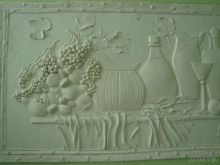

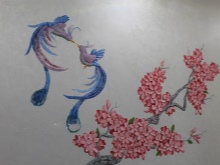
For tips for novice craftsmen on creating a bas-relief, see the next video.












The comment was sent successfully.